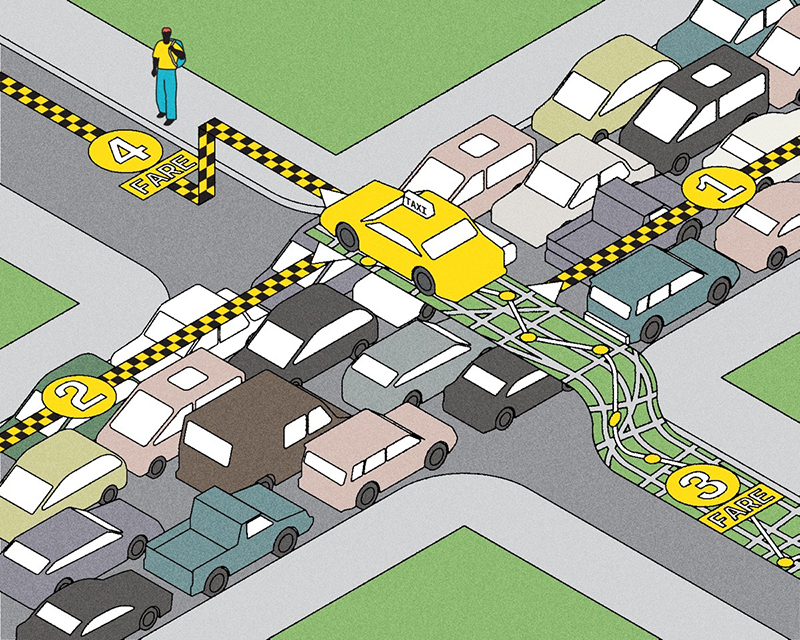Since the oil crisis of the 1970s, environmentalists have been touting the benefits of solar power. But the technology has lagged behind the enthusiasm. Producing electricity from even the most advanced photovoltaic cells still costs more than producing it from conventional sources.
Recently, however, high fuel prices and advances in photovoltaic technology have reignited interest in solar power and placed it on the cusp of widespread adoption, says Nazir Kherani, a U of T engineering professor developing higher-efficiency solar cells.
Kherani, who has cross-appointments in electrical and computer engineering and materials science, says the ongoing challenge is to find a way to cheaply and efficiently convert energy from the sun into a form we can use, such as electricity. In a lab in the Galbraith building, Kherani and his colleagues have developed a technique for depositing ultra-thin layers of silicon film on crystalline silicon wafers to create an electric field and allow current to be more readily extracted from the cell. The room-sized arrays of steel tubes and vacuum chambers conceal the minute precision involved. Using low-temperature processing techniques to minimize stress on the materials, Kherani is creating a prototype cell with layers of silicon film that are as thin as one nanometre – which is one-billionth of a metre. Kherani’s challenge is to optimize the electrical and light-absorbing properties of each ultra-thin layer, as well as the entire cell, to draw out the maximum current.
Most of today’s photovoltaic cells work at 15 per cent efficiency, meaning they can convert 15 per cent of the solar energy they absorb into electricity. Kherani hopes to push that figure up to at least 20 per cent. If energy prices remain high, Kherani says that in the next five to 10 years solar power could reach grid parity – the point at which energy obtained from the sun costs no more than energy obtained from the various sources that currently power the world’s electrical grids. (Regions with the most sunshine will generally reach parity first.) At that point, he says, “Photovoltaics can really take off because the economic barrier is no longer there.” Backed by a $5-million grant from the Ontario government, Kherani is especially interested in taking solar energy mainstream, locally and internationally. “For the developing world, in particular, solar energy has the potential to transform living conditions to a standard that is not dissimilar from ours by simply tapping an energy source available locally.”
Recent Posts
People Worry That AI Will Replace Workers. But It Could Make Some More Productive
These scholars say artificial intelligence could help reduce income inequality
A Sentinel for Global Health
AI is promising a better – and faster – way to monitor the world for emerging medical threats
The Age of Deception
AI is generating a disinformation arms race. The window to stop it may be closing





